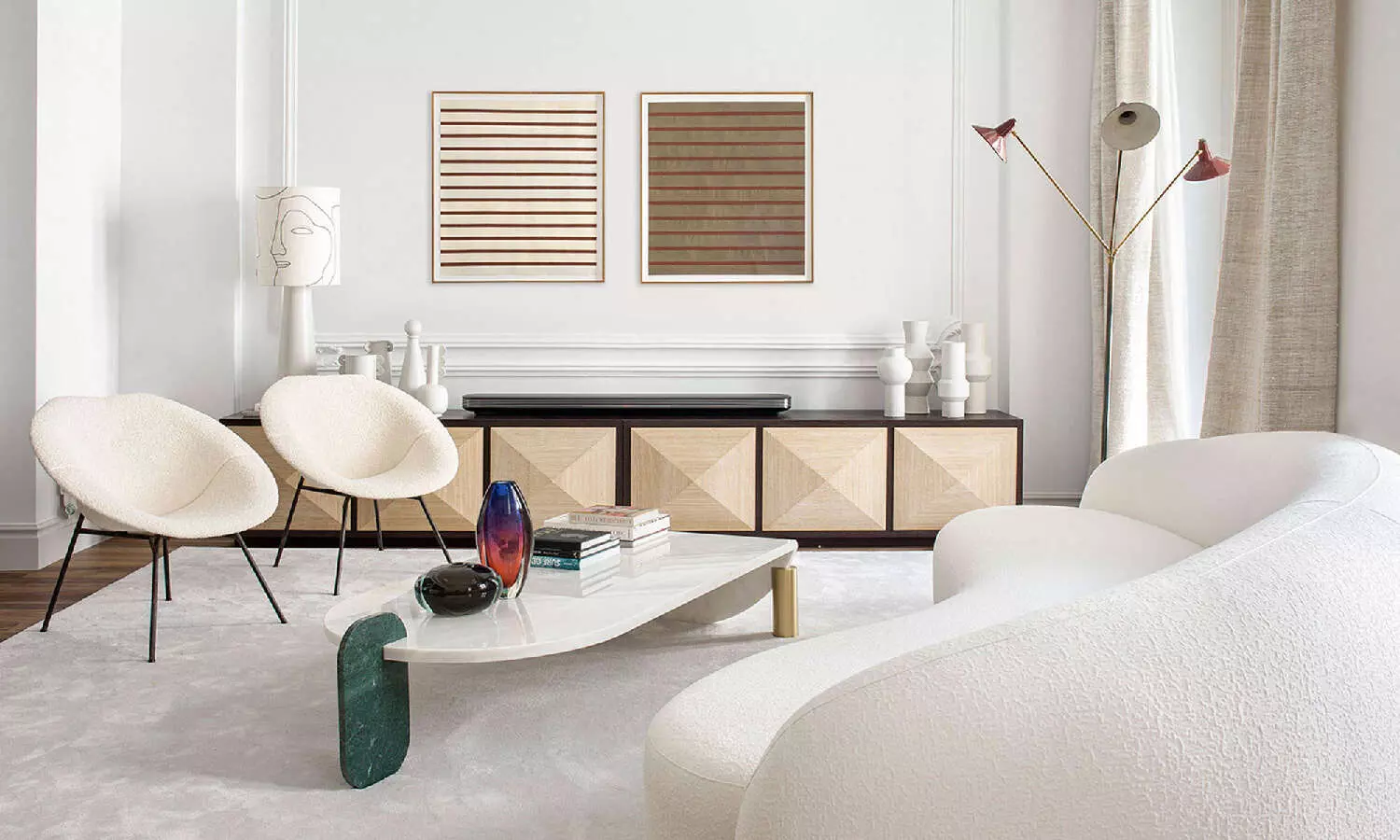House Hushing explained: Decluttering by emptying a room to rebuild a calmer, intentional living space
House hushing is a reset practice where you temporarily strip a room down to its essentials. Furniture stays, but most decor, loose items and small accessories are removed.
By Newsmeter Network
Hyderabad: A new organising method called ‘house hushing’ is gaining momentum as people search for a practical, low-stress way to reset their homes.
Unlike traditional decluttering, which requires sorting and decision-making from the start, house hushing begins with silence, a visual quietening of your space before you choose what deserves to return.
What is house hushing?
House hushing is a reset practice where you temporarily strip a room down to its essentials. Furniture stays, but most decor, loose items and small accessories are removed. The idea is to create a space that looks and feels neutral so you can observe what the room actually needs, minus the clutter.
Environmental design consultant Priya Fernandes, speaking to NewsMeter, explains, “A hushed room reveals how much of your environment is shaped by habit rather than intention. When the noise is gone, function becomes obvious.”
The process is not about throwing things away. It’s about pausing the space so you can rebuild it more consciously.
How the trend started
The idea spread through organising communities and interior psychologists after people felt overwhelmed by traditional decluttering methods that demand hundreds of decisions. House hushing introduced a gentler, observation-based reset.
“Most decluttering failures happen because people begin with decision fatigue. Hushing reverses the sequence, you start with clarity, not choices,” says Fernandes.
How house hushing works
1. Clear the space temporarily
You remove almost everything except large furniture.
In a kitchen, this might include clearing countertops, spice racks, appliance clutter, magnets, and jars.
2. Observe the quiet room
This is where insight happens. A day or two in a hushed space shows you:
• How you move naturally
• What items do you miss
• Which objects do you never think about
• Which corners feel crowded or calm
Interior behaviour specialist Aisha Patil says, “Most people realise they miss far fewer things than they expected. That moment of realisation is the beginning of true decluttering.”
3. Reintroduce items slowly
You add items back based on actual need, not routine placement.
4. Remove or reassign the rest
Objects that don’t return to the room can be donated, repurposed or stored away.
Why do people say house hushing helps
- Cuts down decision fatigue
Instead of choosing what to remove, you choose what to bring back.
As organising coach Mira Das puts it, “When you start from zero, the essential things speak louder.”
- Highlights invisible clutter
We often stop noticing items that sit in the same place for years. A hushed room exposes these blind spots.
- Offers a sensory reset
A visually quiet room reduces stress, improves focus, and helps you understand what feels overwhelming.
- Improves layout and flow
With a temporarily empty room, you can evaluate:
• Light
• Movement
• Furniture placement
- Encourages intentional living
The method shifts your thought process from “What should I eliminate?” to “What deserves a place?”
Where house hushing works best
House hushing is particularly effective in:
• Living rooms
• Kitchens
• Bedrooms
• Entryways
• Home offices
Smaller functional rooms like bathrooms often require more focused organisation rather than full hushing.
Is house-hushing the same as minimalism?
Not quite.
Minimalism focuses on owning fewer things permanently. House hushing focuses on temporarily reducing visual input so you can reassess what you actually value.
Design psychologist Kavya Ramesh notes, “Minimalism can feel like a rulebook. Hushing feels like a diagnostic test.”
Does it really help?
Many people say it makes their spaces easier to manage long-term. Reported benefits include:
Faster clarity: The empty setting gives an immediate mental reset. Since you live without the removed items for a while, decisions feel more informed and less emotional.
Better spatial planning: The room itself shows you what works and what feels out of place.
Reduced impulse buying: A quiet space often reduces the urge to add unnecessary decor or gadgets.
Emotional detachment: If you didn’t miss something during the hush period, keeping it becomes less important.
However, Fernandes adds a caveat, “House hushing works best for people willing to follow through with the reintroduction phase. The pause is powerful, but the rebuild is where results happen.”
The psychological angle
Environmental psychology research suggests that:
• Clutter is interpreted by the brain as unfinished work
• Empty spaces calm the nervous system
• Reducing visual stimuli improves concentration
• Physical resets support mental resets
A hushed room also creates a stark contrast; items that disrupt calm stand out immediately when reintroduced.
Try house hushing in one hour
If you want to experiment:
1. Select a small surface: a desk, a bedside table, or a kitchen counter.
2. Remove everything.
3. Leave it empty for 60 minutes.
4. Add back only the essentials.
This small test often reveals how refreshing a quiet space can feel.
Final takeaway
House hushing is not about owning less. It’s about seeing clearly.
By temporarily stripping a room down, you understand what you need, how you live, and what no longer supports your lifestyle. The result is a calmer, more intentional home, built back with purpose, not habit.
If you’re overwhelmed by clutter or tired of complicated organisation systems, house hushing may be the simplest reset you’ve been looking for.